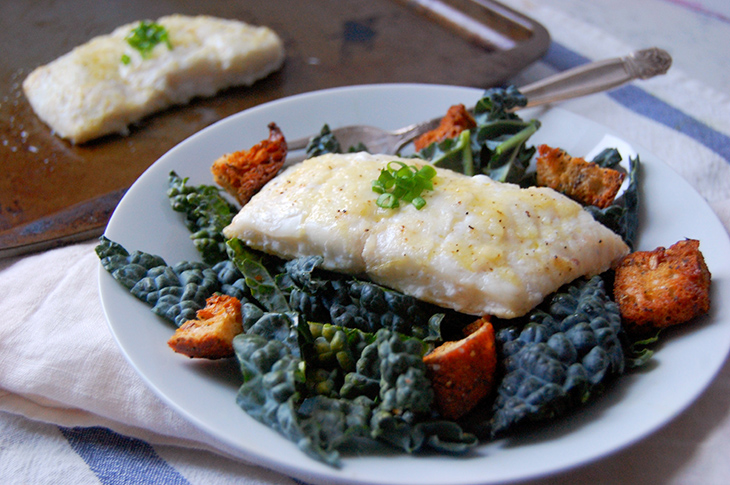19. Haddock

Haddock is a saltwater fish that can be found on both sides of the Atlantic Ocean. Haddock is easily identified by a black stripe running lengthwise down its white side and a unique splotch above the pectoral fin, which is frequently referred to as a “thumbprint.” It is marketed fresh, smoked, dried, frozen, and, to a lesser extent, canned. It is a popular fish in Scotland and the United Kingdom, and is often eaten with the ever-popular fish and chips. Haddock is typically sold in filets, but it can also be purchased whole or in steaks. Fresh haddock has white firm flesh with a translucent quality, but older filets have a chalky, hazy appearance. Depending on personal desire, smoked haddock can be off white or yellow in color (dyed). Fresh haddock can be found in grocery shops’ seafood departments or at your local fishmonger. A 193g raw filet includes roughly 143 calories, 31.5g protein, and 0.9g fat. There are no carbohydrates, fiber, or sugar in it. Haddock is high in vitamin B6 and B12, as well as magnesium, niacin, phosphorus, and selenium. Haddock, like most fish, contains Omega-3 fatty acids, which may give a variety of health benefits. It’s also worth noting that haddock contains a lot of cholesterol (104 g). Protein is required by your body to develop muscle and tissue. However, most animal sources of this mineral are also heavy in saturated fat, which is linked to an increased risk of heart disease. Cooked and smoked salmon, like other fish, contain only a trace of saturated fat, making them a heart-healthy option for your meals and a fantastic substitute for red meat. Both varieties of haddock contain dietary cholesterol, with cooked haddock providing 19% of the recommended amount and smoked haddock providing 22%. However, the Dietary Guidelines for Americans advises that saturated fat is more linked to heart disease than dietary cholesterol.



